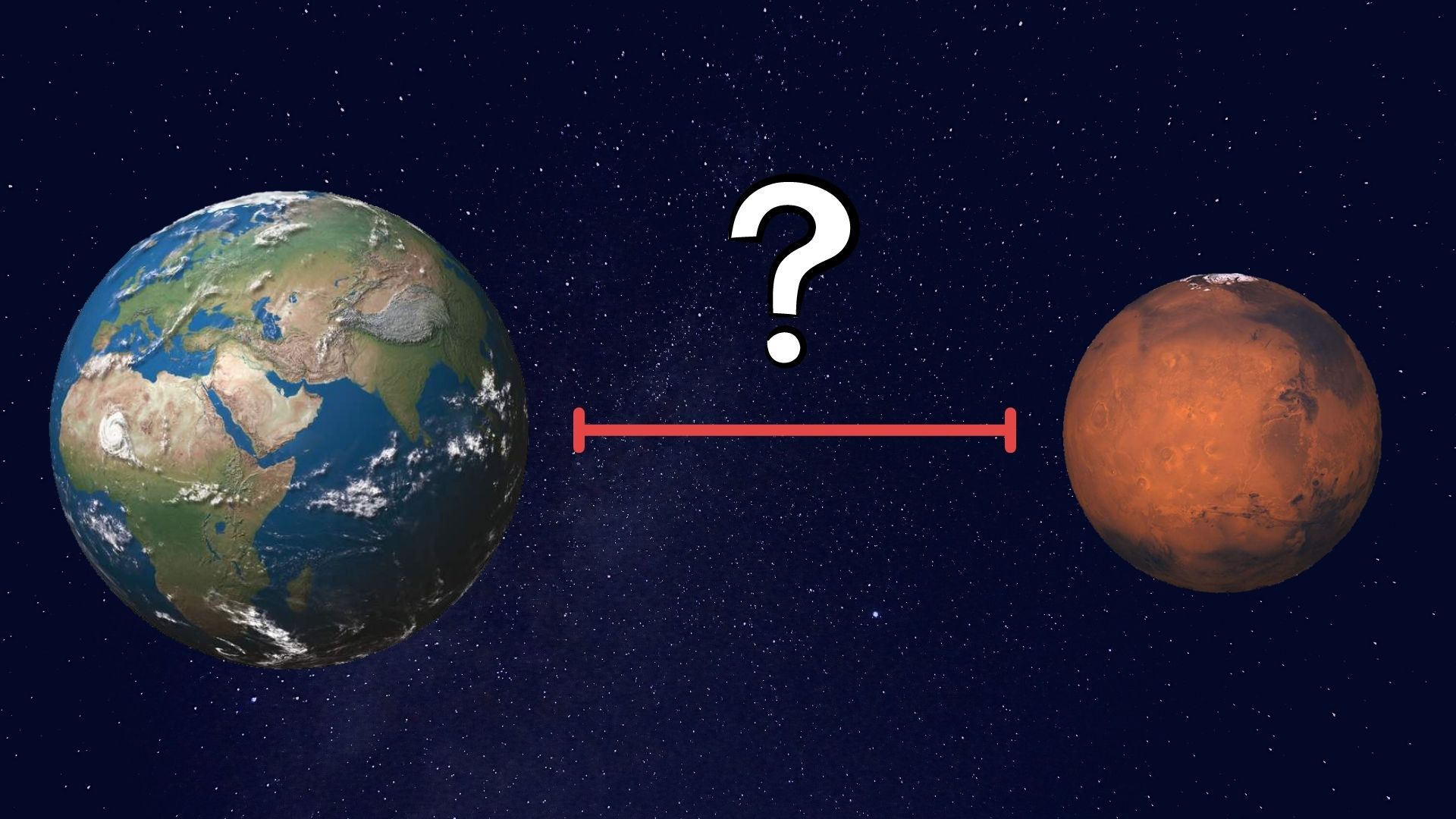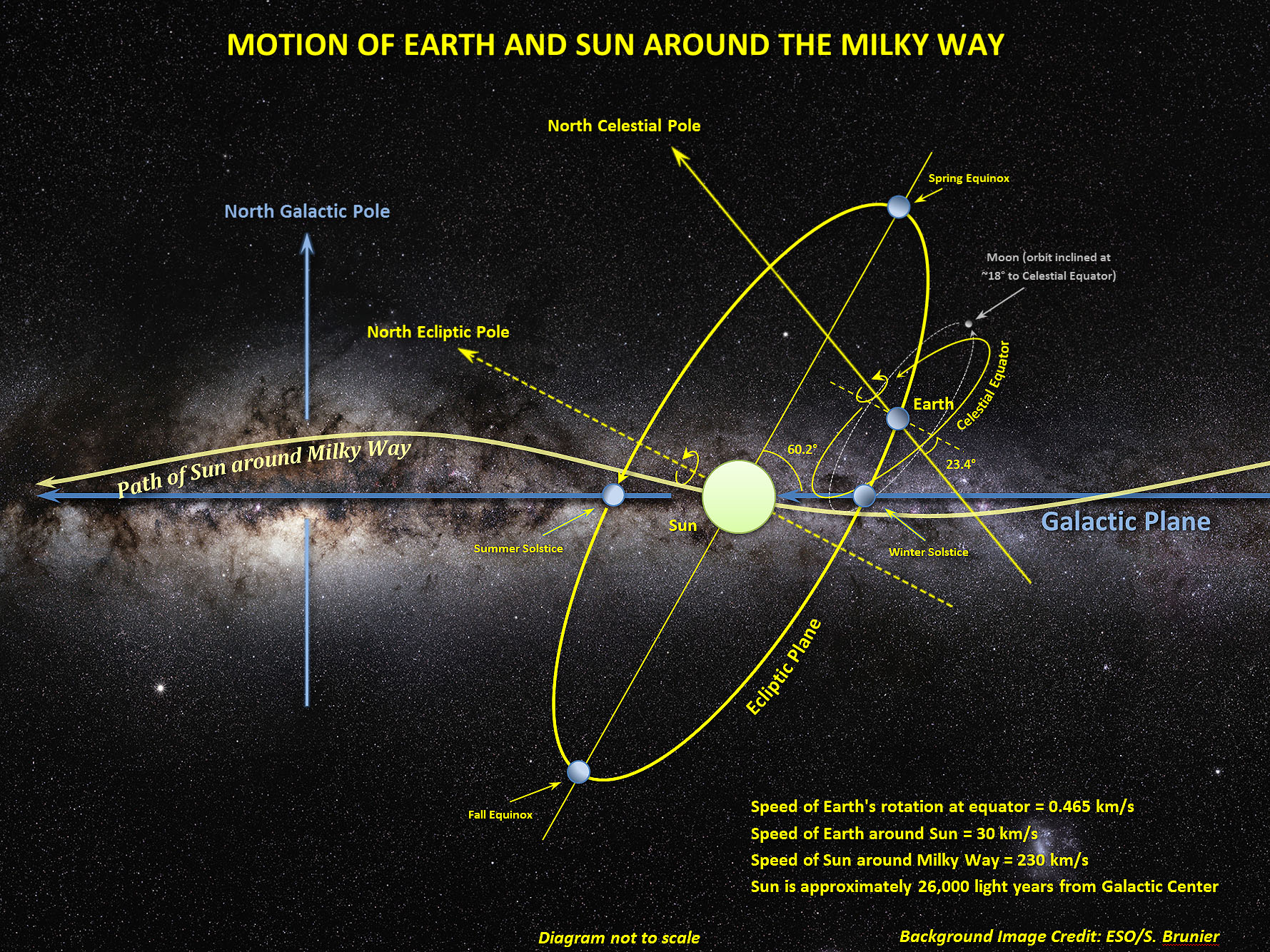


But it may surprise you to learn that, in between the solid inner core and the solid mantle, lies a liquid layer more than 2,000 kilometers thick: the Earth's outer core. It should come as no great surprise that iron, the most stable element and the heaviest element made in great abundance outside of supernovae, is the most abundant element in the Earth's core. In the case of our Solar System, the four innermost worlds are the four densest planets in our Solar System, with Mercury being composed of the densest elements, all of which were unable to gravitationally hold on to large amounts of hydrogen and helium.īut the outer planets, being both more massive and farther away from the Sun (and hence receiving less radiation), managed to hang on to large amounts of these ultra-light elements, and formed gas giants.Įach of these worlds, much like the Earth, has - overall - the densest elements concentrated at the core, with lighter ones forming progressively less and less dense layers surrounding it. The outward pressure from the newly forming star preferentially pushes the lighter elements out towards the outer parts of the solar system, while gravity causes instabilities in the disk to collapse and form what will become planets. Image credit: European Southern Observatory.īut this time, a mix of all of these new elements - not just hydrogen and helium, but carbon, nitrogen, oxygen, silicon, magnesium, sulphur, iron and more - goes into forming not only new stars, but a protoplanetary disk around each of those stars.


 0 kommentar(er)
0 kommentar(er)
